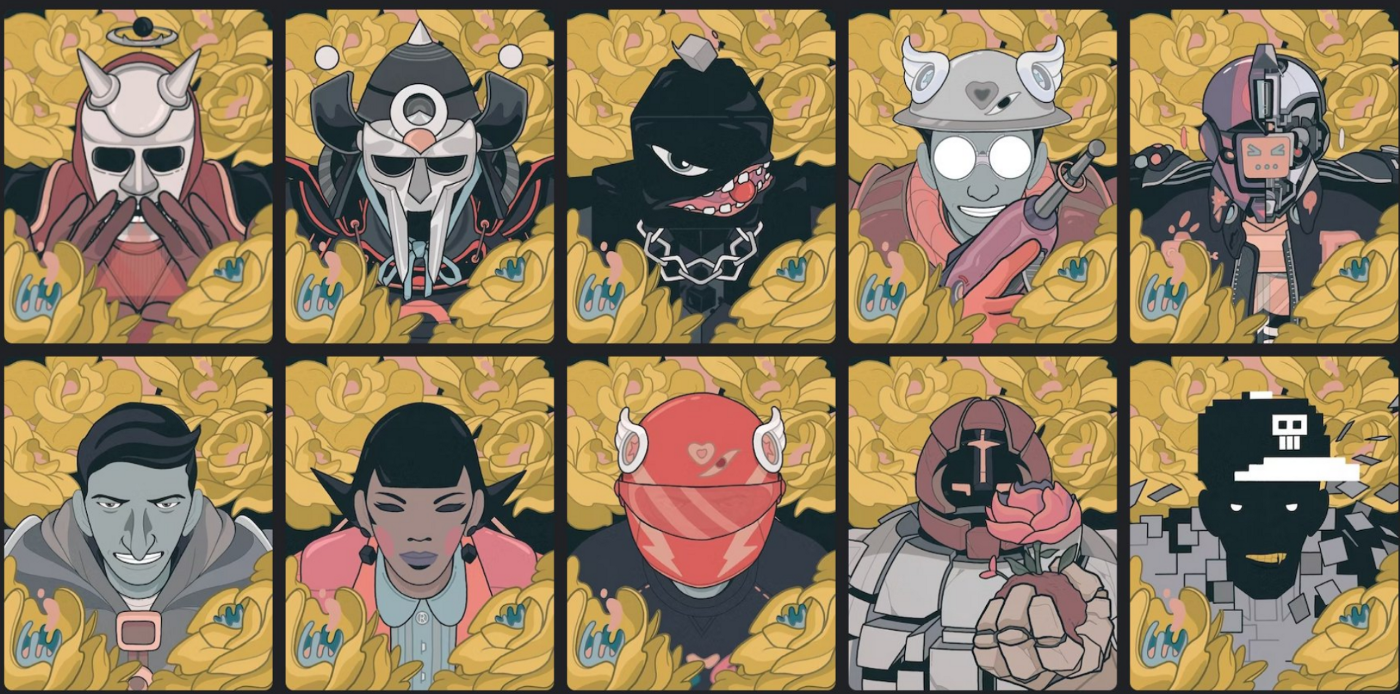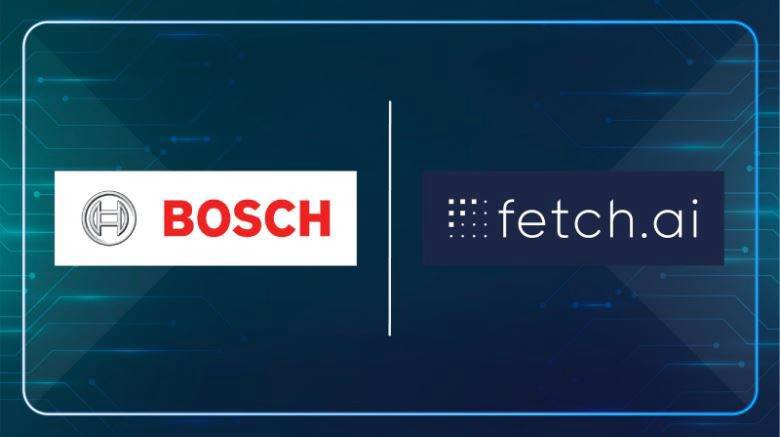
The Crypto Landscape as we know it is in a constant state of expansion, with various sectors like Crypto Exchanges, DeFi, and NFT Marketplaces continually pushing the boundaries of innovation. Among the big players that stand tall like Bitcoin, Ethereum, Binance Smart Chain, and Polkadot, a new diversified ecosystem is looking to take over. One such newcomer is Solana, an entirely decentralized blockchain, offering lightning-fast transaction speeds of 400 milliseconds. This is a significant improvement compared to Bitcoin and Ethereum, where transaction times can stretch to 10 minutes and 15 seconds thereby totally eradicating the issue of scalability which has long plagued the blockchain space.
Why is Solana So Special?
Solana stands out as a groundbreaking web-scale open-source blockchain protocol, setting new speed records in the world of decentralized networks. With an astonishing capacity to process 50,000 transactions per second (TPS), Solana has earned its reputation as the fastest blockchain in existence.
The Solana ecosystem isn’t just about boasting impressive speed; it’s about deploying a suite of technologies that work harmoniously to enhance network scalability. What truly sets Solana apart is its open protocol, inviting developers and institutions to join in and create a thriving ecosystem. This has made Solana the preferred choice for building world-class decentralized applications (dApps) using a robust Layer-1 solution.
Solana’s journey began in 2017, with a mission to address the limitations that traditional blockchains like Bitcoin and Ethereum faced. Key to its innovation is the utilization of proof of history consensus, a technology that records and validates historical events. This is achieved through a unique combination of consensus mechanisms, often referred to as “eight-core innovations,” setting the stage for the world’s first web-scale blockchain.
Innovations Within the Solana Ecosystem
1. Proof-of-History (PoH): PoH acts as a decentralized clock, confirming on-chain event timestamps independently in each node, eliminating the need for extensive communication between nodes. This approach optimizes efficiency.
2. Sealevel: Sealevel is a parallelized transaction system that enables the simultaneous processing of multiple smart contracts, optimizing the network’s performance and horizontal scalability.
3. Gulf Stream: Gulf Stream manages Solana’s memory and transaction pool, forwarding transactions to validator nodes, thereby maximizing transaction confirmation speed and capacity.
Within the Solana blockchain, a thriving community has fostered the development of numerous noteworthy projects. It capitalizes on its remarkable scalability and lightning-fast transaction rates. Notable projects include:
1. Audius: A decentralized music streaming platform.
2. Serum: Solana’s flagship decentralized exchange (DEX) features on-chain order books and efficient matching.
3. FTX: An exchange platform led by a team of traders, including Sam Bankman-Fried.
4. Samoyed Coin: A meme coin within the Solana ecosystem.
5. Star Atlas: An online multiplayer game built on Unreal Engine 5.
As Solana’s native token, SOL, continues to gain traction since its mainnet launch in March 2020, the network’s scalability, high throughput, and cost-efficiency have attracted pivotal projects. With a burgeoning ecosystem and prominent projects onboard, Solana’s trajectory seems poised for further growth in both popularity and value.
Personal Note From MEXC Team
Check out our MEXC trading page and find out what we have to offer! There are also a ton of interesting articles to get you up to speed with the crypto world. Lastly, join our MEXC Creators project and share your opinion about everything crypto! Happy trading! Learn about interoperability now!
Join MEXC and Get up to $10,000 Bonus!



